Soil Degradation Concerns
Soil degradation poses a significant challenge to agricultural productivity, thereby driving the Artificial Humus Market. With reports indicating that nearly one-third of the world's arable land is degraded, the urgency for effective soil restoration methods has never been greater. Artificial humus offers a viable solution by improving soil structure, enhancing nutrient retention, and promoting microbial activity. The market data suggests that the adoption of artificial humus can lead to a 20 to 30% increase in crop yields, making it an attractive option for farmers facing declining soil health. As awareness of soil health issues grows, the demand for artificial humus is expected to surge, as it provides a sustainable means to revitalize degraded lands and ensure long-term agricultural viability.
Rising Demand for Organic Produce
The increasing consumer preference for organic produce is a pivotal driver in the Artificial Humus Market. As consumers become more health-conscious, they are gravitating towards food products that are free from synthetic chemicals and pesticides. This trend is reflected in the market data, which indicates that the organic food sector has been experiencing a compound annual growth rate of approximately 10%. Consequently, farmers are seeking sustainable solutions, such as artificial humus, to enhance soil fertility and crop yield without compromising organic standards. The demand for artificial humus is likely to rise as it provides a natural alternative to chemical fertilizers, aligning with the ethos of organic farming. This shift not only supports environmental sustainability but also meets the growing consumer expectations for quality and safety in food production.
Government Initiatives and Support
Government initiatives aimed at promoting sustainable agricultural practices are significantly influencing the Artificial Humus Market. Various countries are implementing policies that encourage the use of organic fertilizers and soil amendments, including artificial humus. For instance, subsidies and grants for farmers adopting eco-friendly practices are becoming more common, which could potentially increase the market size for artificial humus. Additionally, regulatory frameworks that restrict the use of chemical fertilizers are likely to propel the demand for natural alternatives. Market data indicates that regions with strong governmental support for sustainable agriculture are witnessing a faster adoption of artificial humus, suggesting that policy measures play a crucial role in shaping market dynamics.
Technological Innovations in Production
Technological advancements in the production of artificial humus are emerging as a key driver in the Artificial Humus Market. Innovations such as bioengineering and advanced composting techniques are enhancing the efficiency and effectiveness of artificial humus. These technologies not only improve the quality of the product but also reduce production costs, making artificial humus more accessible to farmers. Market data shows that the introduction of new production methods has the potential to increase the market share of artificial humus by up to 15% over the next few years. As these technologies continue to evolve, they are likely to attract more stakeholders to the artificial humus sector, further stimulating market growth.
Increased Awareness of Environmental Sustainability
The growing awareness of environmental sustainability is a crucial driver for the Artificial Humus Market. As climate change and environmental degradation become pressing global issues, there is a heightened focus on sustainable agricultural practices. Artificial humus, being a natural soil amendment, aligns with the principles of sustainability by reducing reliance on chemical fertilizers and enhancing soil health. Market data indicates that consumers are increasingly favoring products that contribute to environmental conservation, which in turn influences farmers' choices. This shift in consumer behavior is likely to propel the demand for artificial humus, as it offers a practical solution for environmentally conscious farming practices. The emphasis on sustainability is expected to shape the future landscape of the agricultural sector, with artificial humus playing a pivotal role.


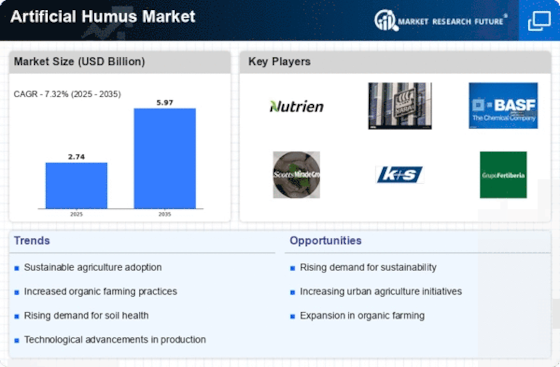
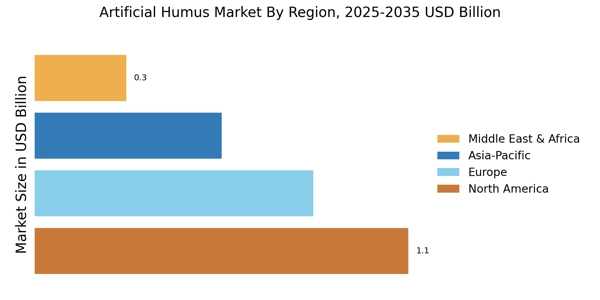


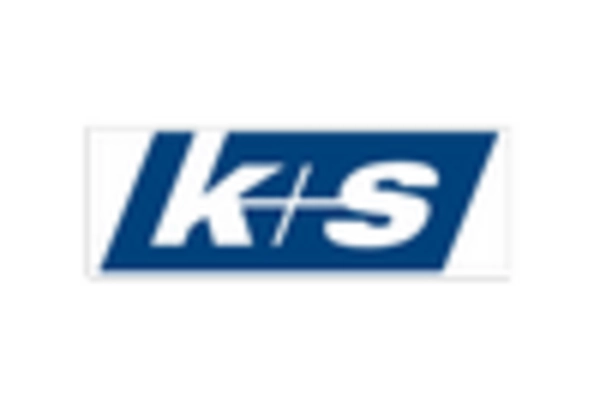
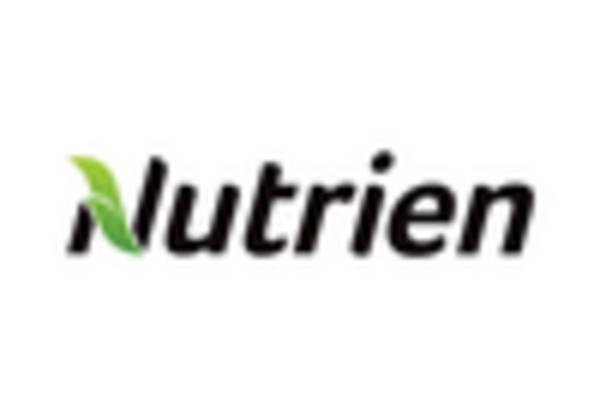

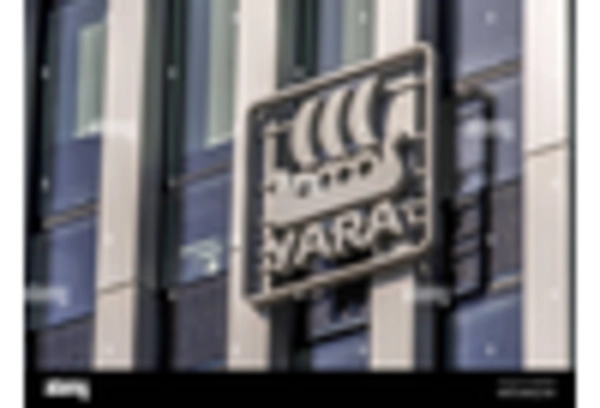








Leave a Comment